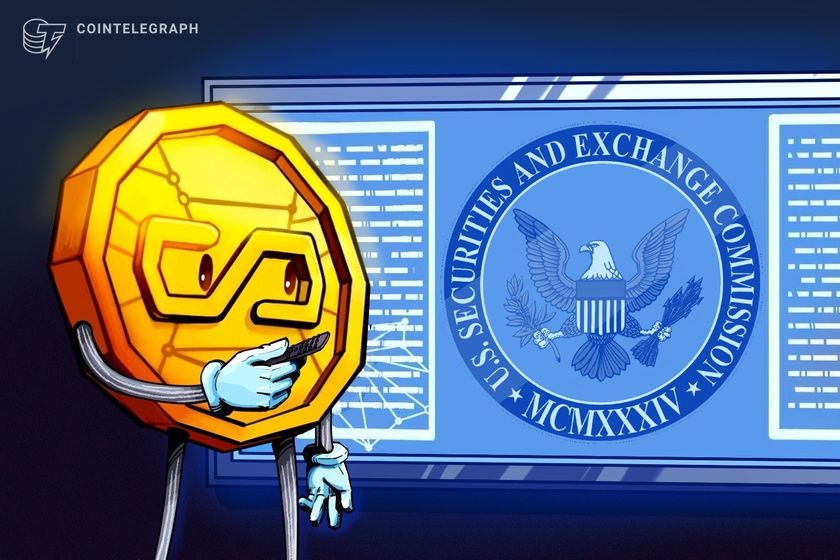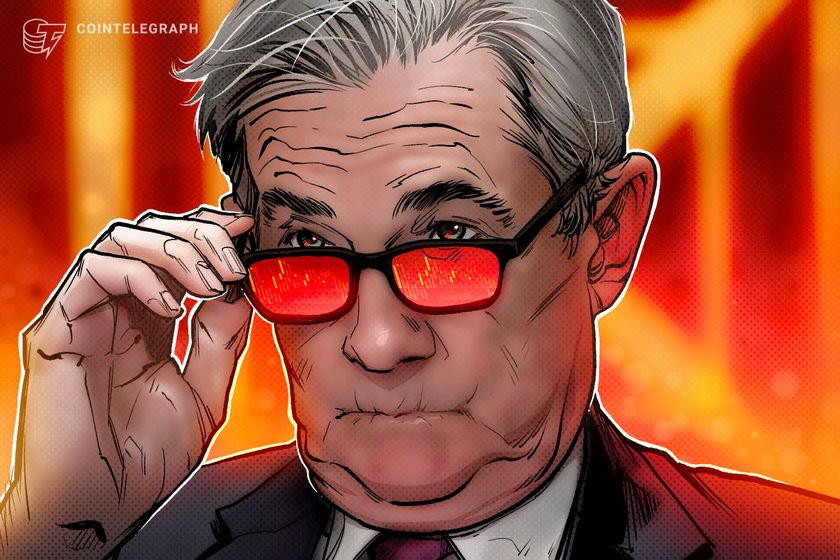

US Securities and Exchange Commission (SEC) Commissioner and vocal crypto critic Caroline Crenshaw has accused the US regulator of downplaying risks and misrepresenting the US stablecoin market in its newly published guidelines.
However, many in the crypto industry see the SEC’s decision as a step in the right direction.
In an April 4 statement, Crenshaw said that the SEC’s statement on stablecoins — issued on the same day — contained “legal and factual errors that paint a distorted picture of the USD-stablecoin market that drastically understates its risks.”
Crenshaw disagrees, crypto industry applauds
Under the new SEC guidelines, stablecoins that meet certain criteria are now considered “non-securities” and are exempt from transaction reporting requirements.
Crenshaw disputed the accuracy of the analysis made by the SEC in arriving at that decision. She pushed back on the SEC for reiterating issuer actions “that supposedly stabilize price, ensure redeemability, and otherwise reduce risk.”
Source: David Sacks
The SEC said that “albeit briefly, that some USD-stablecoins are available to retail purchasers only through an intermediary and not directly from the issuer.”
Crenshaw argued this was misleading. She said:
“It is the general rule, not the exception, that these coins are available to the retail public only through intermediaries who sell them on the secondary market, such as crypto trading platforms.”
“Over 90% of USD-stablecoins in circulation are distributed in this way,” Crenshaw added.
Meanwhile, many in the crypto industry expressed optimism over the decision.
Token Metrics founder Ian Ballina said it “feels like a clear step in focusing on what really matters in the crypto space.”
Crypto industry says positive step, just late
Vemanti CEO Tan Tran said he wished the SEC reached this point three years ago, while Midnight Network’s head of partnerships Ian Kane said it “feels like progress for crypto folks trying to play by the rules.”
Crenshaw said it is “also grossly inaccurate” for the SEC to reassure users that an issuer has sufficient reserves to satisfy unlimited redemption requests just because its reserve is valued “at or above the par value of its outstanding coins.”
Related: Stablecoins’ in bull market’; Solana sputters: VanEck
“The issuer’s overall financial health and solvency cannot be judged by the value of its reserve, which tells us nothing about its liabilities, risk from proprietary financial activities, and so forth,” Crenshaw said.
She explained that stablecoins always carry some risk, particularly during market stress or when their price begins to fall.
It comes only weeks after stablecoin issuer Tether was reportedly engaging with a Big Four accounting firm to audit its assets reserve and verify that its USDT stablecoin is backed at a 1:1 ratio.
On March 22, Cointelegraph reported that Tether CEO Paolo Ardoino said the audit process would be more straightforward under pro-crypto US President Donald Trump.
Magazine: XRP win leaves Ripple a ‘bad actor’ with no crypto legal precedent set









